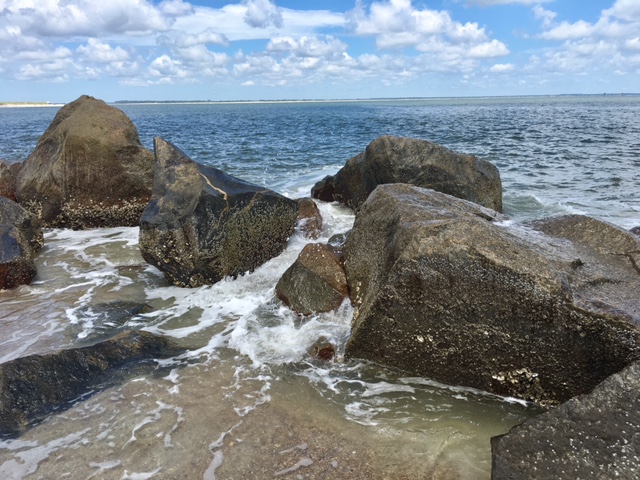The Power of the Ocean
Posted on 07-10-2017

Oceans make up for 70% of the earth's surface which makes them top solar collectors in the world. There are two types of energy that the ocean is capable of producing - thermal energy and mechanical energy. Wind, tides and ocean currants impact our oceans and carry large amounts of energy. And all the forms of ocean energy have little impact on our environment.
Ocean Thermal Energy
Thermal energy is what you would expect - from the sun's heat. Closed-cycle, open-cycle and hybrid are the three types of electricity conversion systems. According to Renewable Energy World, "closed-cycles systems use the ocean's warm surface to vaporize a working fluid such as ammonia. That vapor expands and turns a turbine which in turn activates a generator to produce electricity. Open-cycle systems boil seawater by operating at low pressure which produces steam that goes through a generator or turbine." In a hybrid cycle, both open and closed cycles are used.
Ocean Mechanical Energy
Mechanical energy comes from tides and waves. Although the ocean is affected in large part by the sun, it's the moon that has a gravitational pull on the tides and waves are basically driven by winds. So, tides and waves are inconsistant in being energy producers unlike thermal energy which is more consistant.
The history of ocean energy dates back to 1966 by a man names M. Jannaschii in La Rance, France when he watched the tides and waves of the ocean only to realize there was great force being used to push the water which created power.
Visit Renewable Energy World for more information.
Did You Know?
A 600 megawatt natural gas plant can power 220,000 homes.


